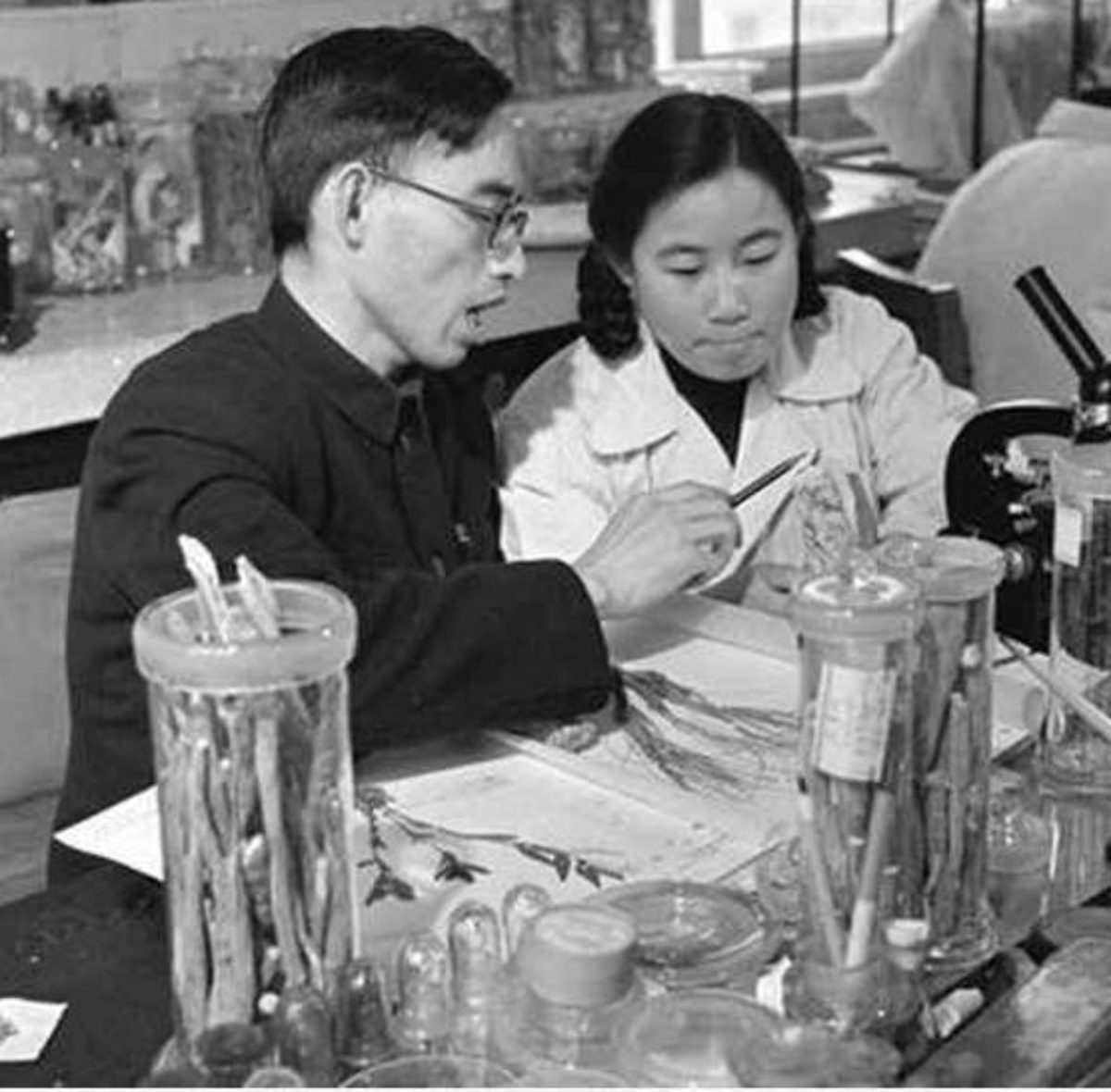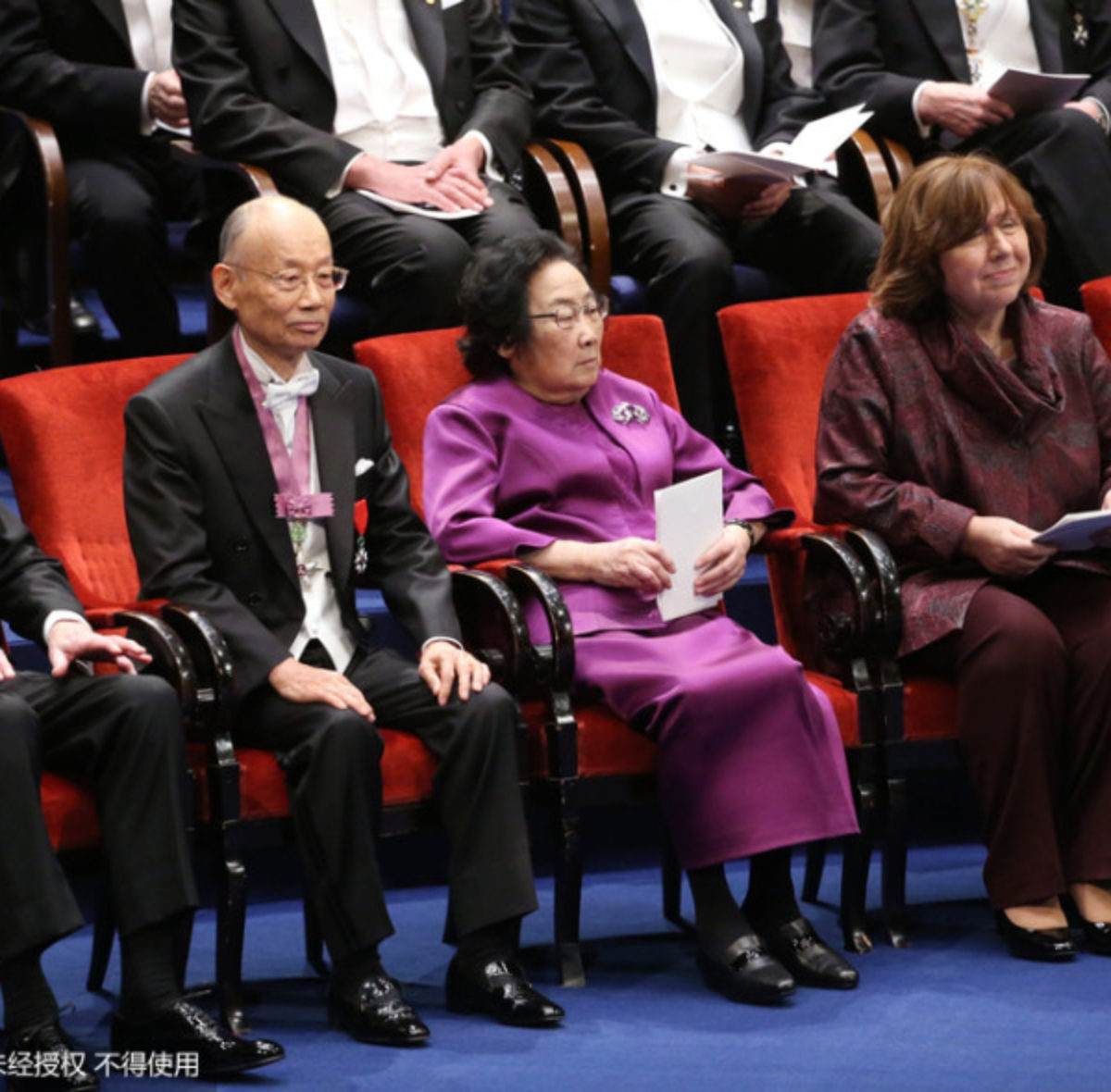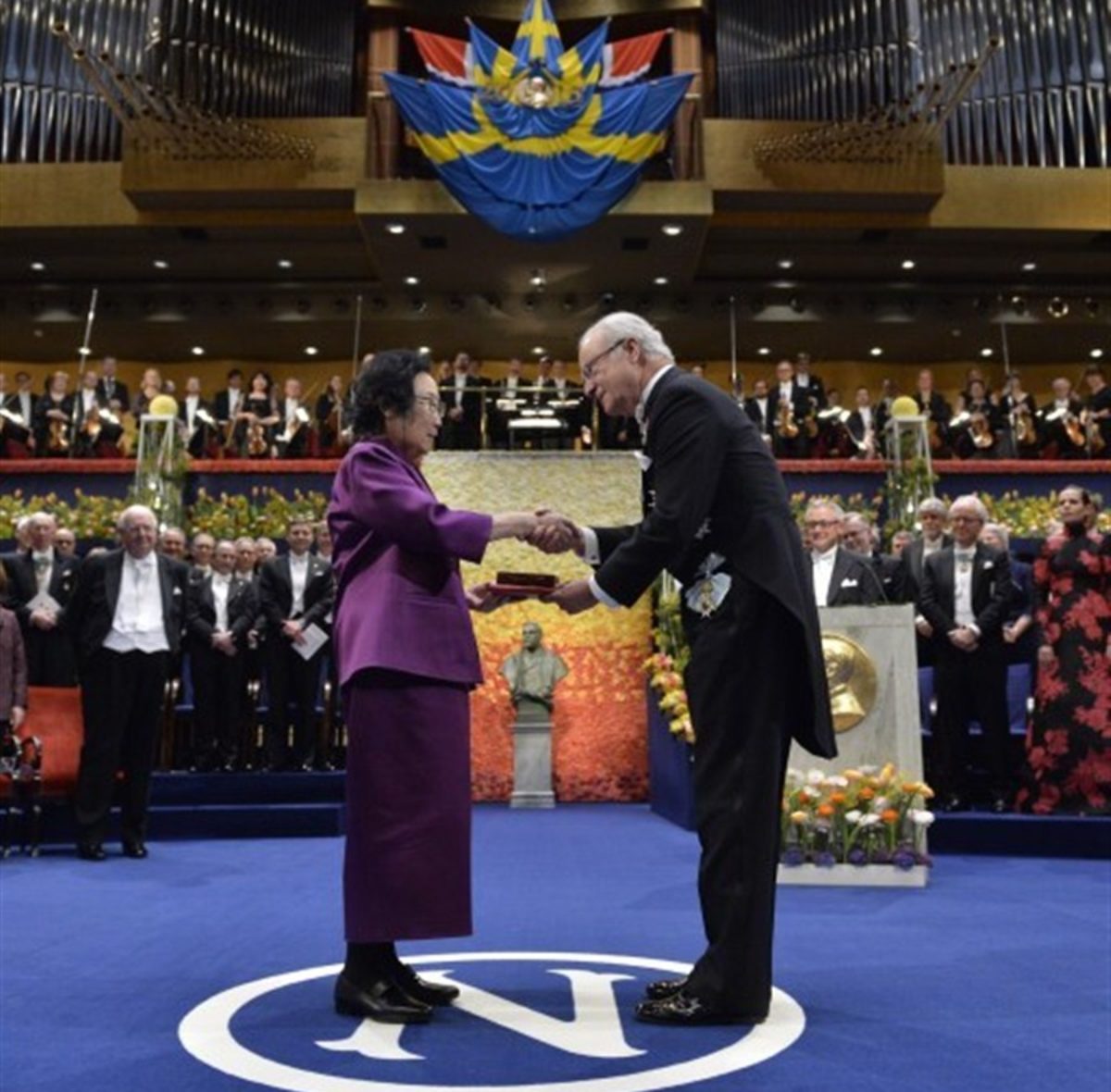A compelling story: the discovery of artemisinina , natural principle antimalarial ,of YouYouTu a Chinese chemist , Nobel Laureate in medicine 2015
What happened in China in the years ‘ 60 of the last century
in the years ‘ 60 of the last century China was shaken by a tragic political movement led by Mao Zedong , leader of the country. It was called “cultural revolution” and had protagonist students and lower Communist Party cadres , that were inspired by the contained in “Red Book”, drafted by the same Mao. The victims of the movement were intellectuals and teachers who were subjected to a process of re-education “and suffered abuse of all kinds. Universities and schools stopped their activity for a few years.

Red Book
The Viet Nam war
At the same time another Communist country, the North Vietnam, was fighting a bloody war against the army of the United States. The soldiers of both sides faced the danger of malaria which made inoperative mostly fighters of Vietnam. The latter did not have effective drugs against the parasite unlike Americans. The President of Vietnam Ho Chi Minh sought help from ally China.
Mao responds to the appeal: now he needs the intellectuals
With typical pragmatism of Mao, against trend compared to the targets of the cultural revolution, set up a gigantic research project. 541 scientists and academics were gathered whose only goal was to find drugs to treat malaria.
The two medicines
Were set two research lines, the first based on Western medicine and the second in the traditional Chinese medicine. They were also trained four specialist research groups to try to extraction compounds from plants , used in China for the fight against malaria.
The chemist Youyou Tu
Also the chemist Youyou Tu became involved in the project. She was put in charge of the working group which was to occupy Qing Hao plant (Artemisia annua). Youyou Tu had a four-year-old daughter, had to leave for an orphanage. Her husband was an intellectual who was undergoing “re-education” process in the countryside
Her words taken from an interview
“When Youyou Tu returned to Beijing six months later, the daughter did not recognize her and hid from the ‘ strange woman ‘ who had come to take her home. But Youyou Tu don’t seem to try bitterness: ‘ the work was the priority, I was ready to sacrifice without hesitation my private life, ‘ she says. And the time spent in Hainan had hit her deeply: ‘ I have seen many children now at the final stage of malaria. ‘ Those children were dying fast ”

The first approach
The group led by Youyou Tu followed two approach. The first was to interview the populations of many rural districts by collecting samples of those plants that were used to treat intermittent fevers of malarial presumable source. In total more than 2000 herbal preparations were assessed, identifying 380 extracts that were used in disease models in rodents.
The second approach
The second approach was to search for clues in ancient texts and modern traditional Chinese medicine. Youyou Tu and her team had tested about two thousand recipes of ancient Chinese herbal medicine. In a 1600-year-old Chinese text (360 a.d.) was cited a recipe made from an extract of the plant Artemisia, which turned out to be among the most effective ones.
The isolation of the active ingredient
To get to isolation of active ingredient artemisinin content in the plant, then the identification of its formula and chemical structure required a lot more work and several surprises. The synthesis of the molecule was the next step. Later, it was discovered that three chemical derivatives were much more effective than the parent substance.
Artemisinin and derivatives
From 2010 the OMS indicates the drugs derived from Artemisinin as the first choice therapies for malaria. Mortality from malaria dropped more than 50%.
Another article that deals with the topic :
The Chinese city of Hangzhou and the tradition of natural medicine








